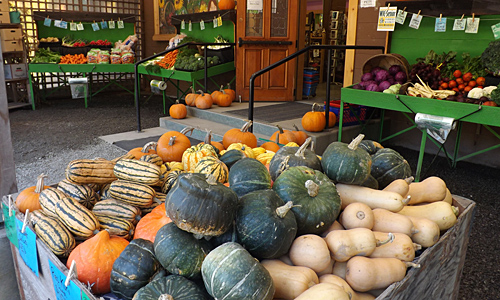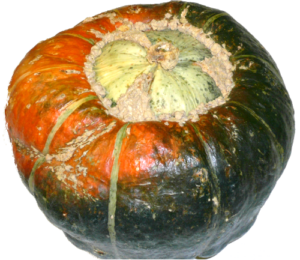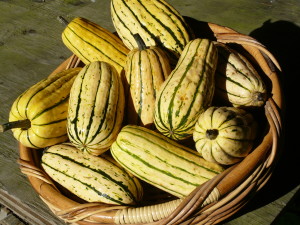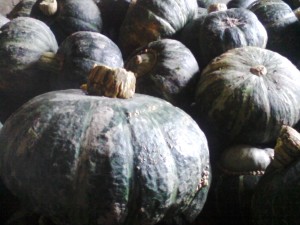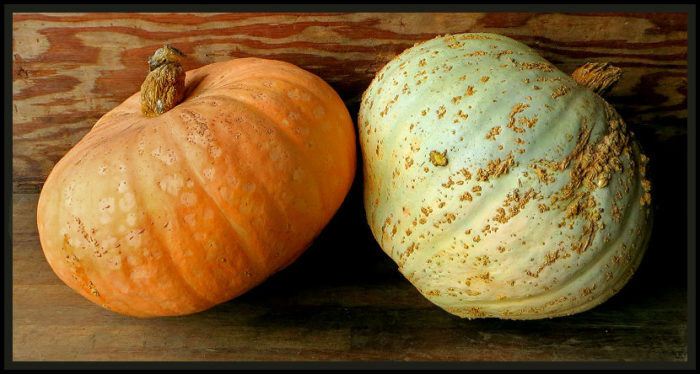
We found this recipe, and many other delicious recipes, in Debra Daniels-Zeller’s The Northwest Vegetarian Cookbook.
2 Tbsp. ghee (clarified butter)
1 large onion, chopped
1 jalapeno pepper, seeded and minced (Use a small Poblano pepper for less heat)
1/4 cup apple juice
1/3 cup currants
1 cup fresh cranberries
1 butternut squash, seeded and cut into bite-sized pieces
1/2 tsp. salt
2 cups naked barley (hull-less)
1 cup celery, finely chopped
1/2 cup walnuts or pecans, chopped and toasted
Soak the barley overnight, drain and rinse, cover with water and cook until done, about an hour.
Saute the onion and jalapeno over medium heat in the ghee in a heavy skillet until soft and just brown, about 5-10 minutes. Add apple juice, currants, cranberries and squash. Cover and cook on low heat until the squash and cranberries are tender, about 15 minutes. Stir in salt and barley and continue to cook until heated through. Transfer to a serving bowl and mix in celery and nuts.
Have you tried this recipe? Tell us how it turned out!

 Squash those winter blues with these tasty winter squash recipes. Do you have a favorite squash?
Squash those winter blues with these tasty winter squash recipes. Do you have a favorite squash? 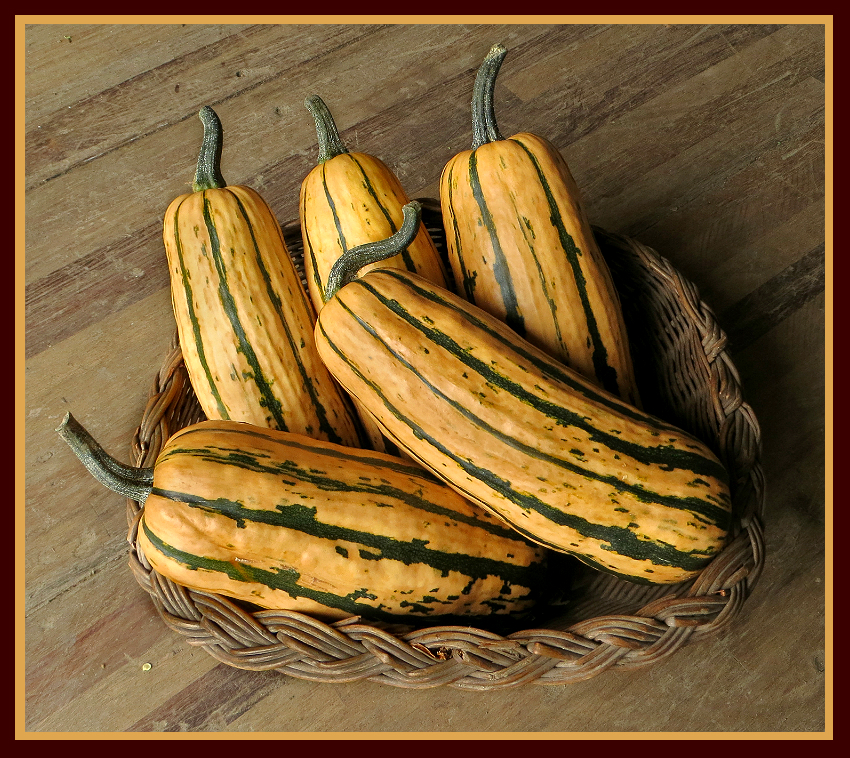 2 large delicata squashes
2 large delicata squashes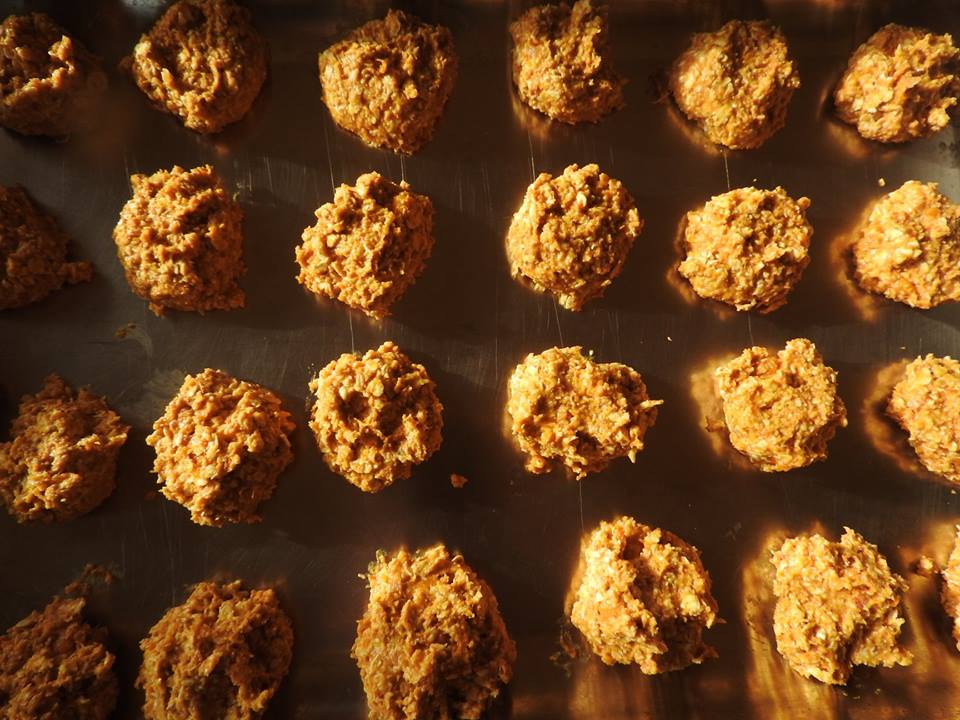 1 cup mashed winter squash
1 cup mashed winter squash